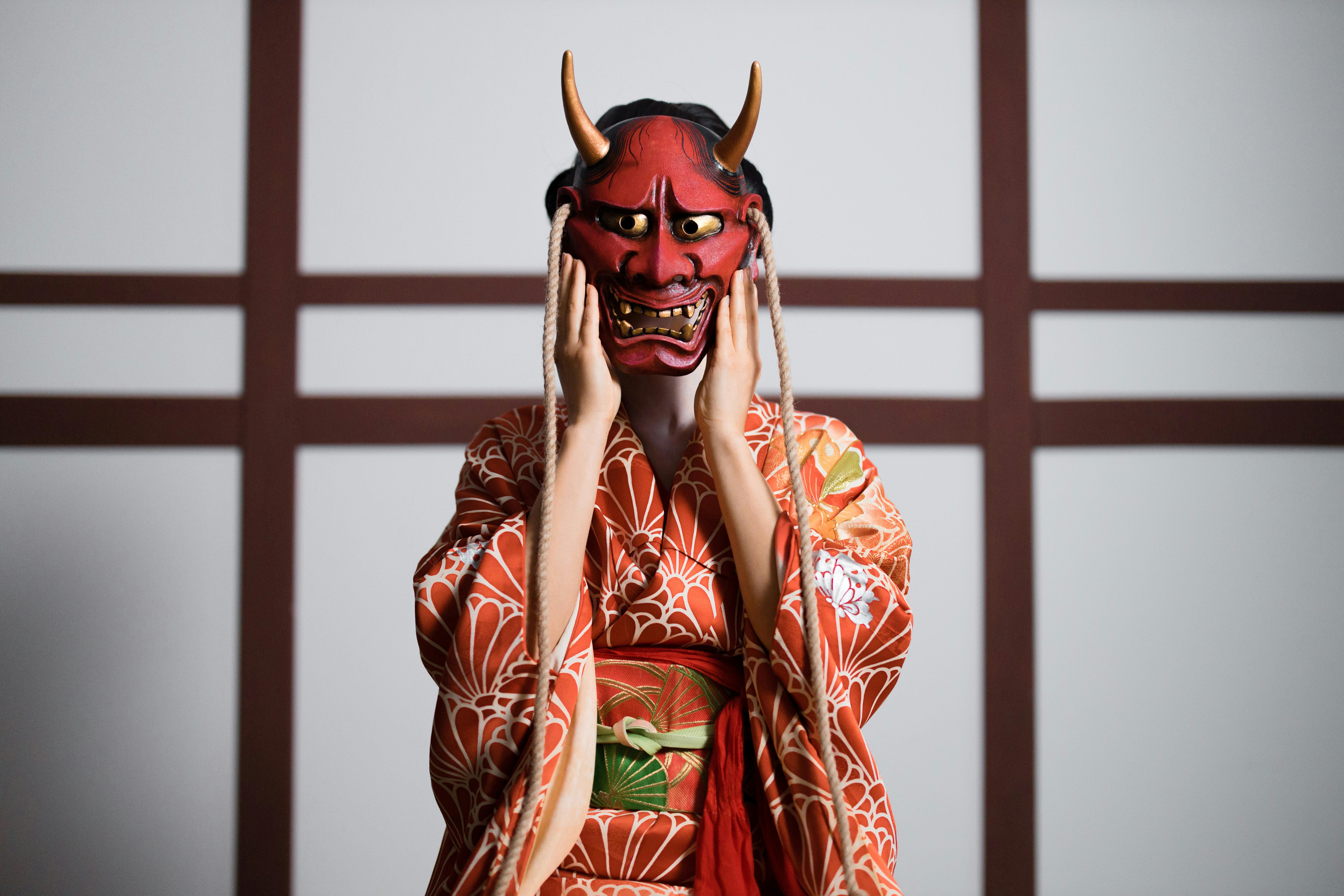The Echoes of Noh: Japan's Ancient Theater in Modern Cinema
On the global stage of performing arts, few forms hold as much history and cultural significance as Noh—the classical Japanese theater that has been performed since the 14th century. Today, the echoes of Noh can be found in a seemingly unlikely place: modern cinema. This article delves into the historical background of Noh, its influence on contemporary film, and why this ancient art form continues to resonate in today's digital age.

The Birth of Noh: Rituals, Ghosts, and Masked Performances
Noh, which means “skill” or “talent” in Japanese, originated in the 14th century and is considered one of the oldest surviving theater forms in the world. The art form combines elements of drama, dance, music, and poetry, and is characterized by its distinctive masks, elaborate costumes, and slow, stylized movements.
Its thematic focus often revolves around spirituality and the supernatural, featuring stories of ghosts, deities, and tormented souls seeking solace. The performances are highly ritualistic, requiring intense physical and mental training from the actors.
Noh in Modern Cinema: Subtle Influences on Screen
As a testament to its enduring relevance and adaptability, elements of Noh have seeped into modern cinema. The stylistic influences can be seen in films’ use of slow pacing, minimalistic set designs, and stories revolving around spirits and the supernatural.
Moreover, the Noh tradition of masked performances has inspired the use of masks in films to convey complex emotions, the duality of characters, or transformation. The powerful symbolism of masks in Noh has been harnessed by filmmakers to create depth and intrigue, enhancing the cinematic experience.
The Spirit of Noh: Significance and Reception
The incorporation of Noh in modern cinema is more than just an aesthetic choice. It represents a deep respect for cultural heritage and a commitment to preserving tradition in an age of rapid technological advancement.
Noh’s focus on contemplation, spirituality, and the supernatural offers a stark contrast to the fast-paced, action-packed blockbusters that dominate today’s movie industry. Its influence encourages filmmakers and audiences alike to slow down, reflect, and appreciate the subtleties of storytelling.
The Future of Noh: A Continual Dialogue with Modern Cinema
As modern cinema evolves, it continues to draw from the well of tradition that Noh represents. This ongoing dialogue between the past and the present ensures that Noh will continue to resonate, influence, and inspire for centuries to come.
While the digital age has brought an explosion of new storytelling techniques and technologies, there remains a deep-rooted appreciation for the art forms that have stood the test of time. Noh, with its rich history and cultural significance, continues to echo through the corridors of modern cinema, reminding us of the enduring power of tradition in shaping contemporary art and culture.
In conclusion, the ancient theater of Noh, with its distinctive masks and spiritual themes, has found a home in modern cinema. This relationship underscores the importance of tradition in shaping contemporary art and serves as a testament to Noh’s enduring relevance and adaptability. As we continue to move forward in the digital age, the echoes of Noh will undoubtedly continue to resonate, providing a rich source of inspiration for future generations of filmmakers.




